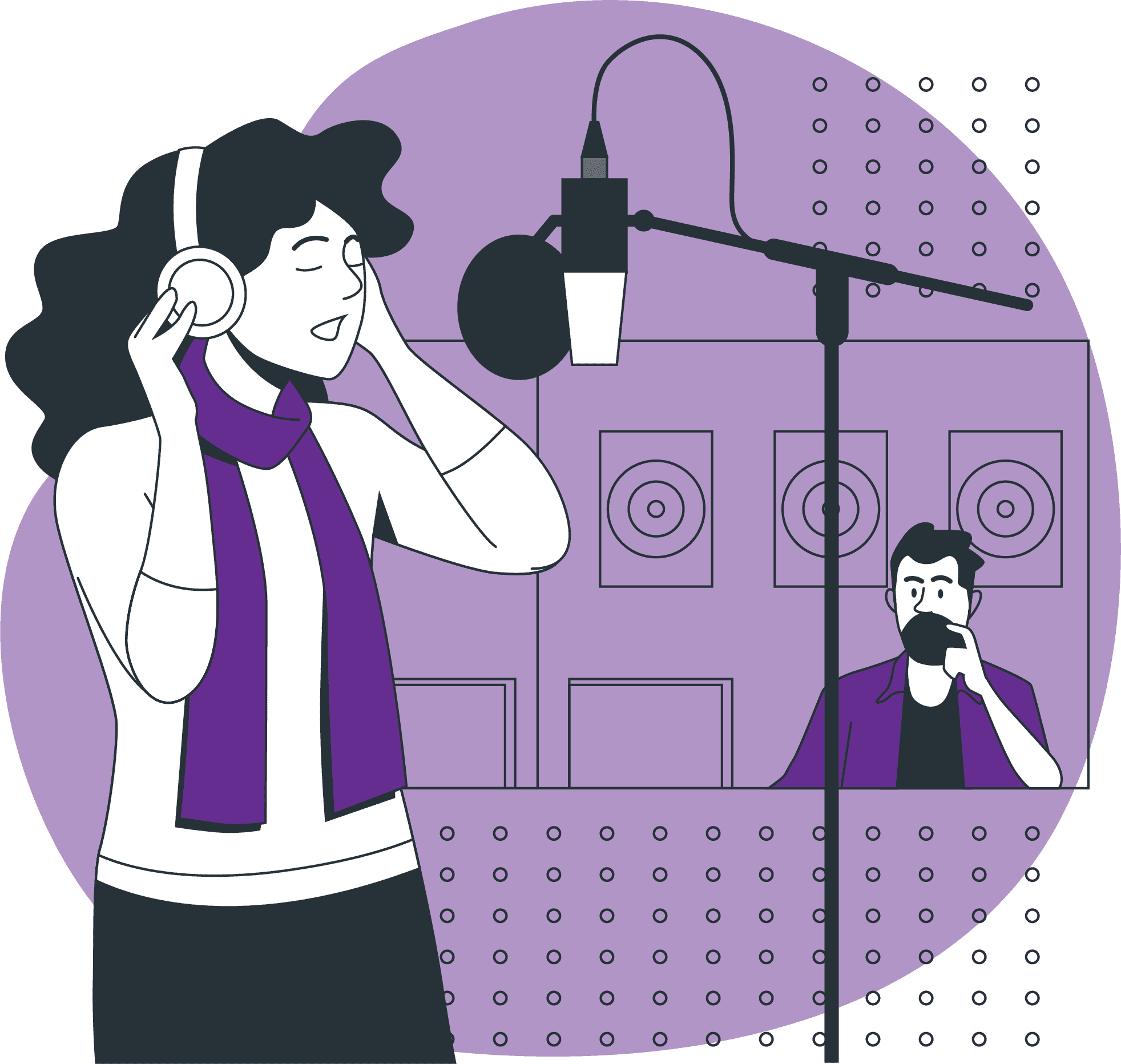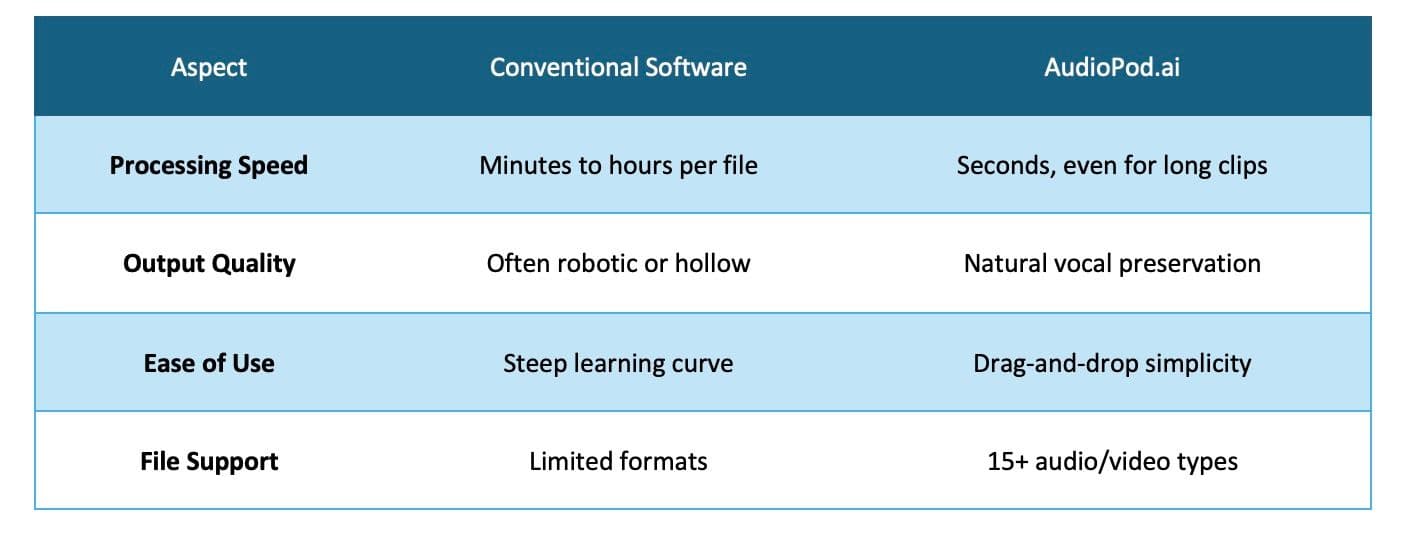Back to Blog
Features

AI Dubbing: Transforming Global Content Localization with Speed, Accuracy, and Scalability
Last updated: August 16, 2025
AI dubbing is transforming how businesses and creators localize content, offering unprecedented speed, cost efficiency, and quality. By leveraging advanced voice synthesis and machine learning, AI dubbing tools translate audio/video while preserving original voices, emotions, and lip-sync accuracy. This guide explores key platforms, industry benchmarks, use cases, and emerging trends.
What is AI Dubbing?
AI dubbing uses advanced artificial intelligence technologies such as text-to-speech (TTS), speech-to-speech (STS), and voice cloning to translate and replace audio in videos with natural-sounding voices in multiple languages. Unlike traditional dubbing, which relies on human voice actors and studios, AI dubbing automates the process while preserving the tone, emotion, and lip synchronization of the original content.
How AI Dubbing Works
The process typically involves:
- Transcription: Converting the original spoken words into text.
- Translation: Translating the text into the target language.
- Voice Generation: Using AI to synthesize a new voice track that matches the original speaker's tone and emotion.
- Synchronization: Aligning the dubbed audio with the video to ensure seamless lip-sync and timing.
Key Features of Leading AI Dubbing Tools
Several platforms offer innovative features for AI dubbing:
- AudioPod: Supports 19+ languages with industry-standard security and API integration for seamless workflows. It excels in preserving voice characteristics and tonality.
- ElevenLabs: Focuses on emotional authenticity by maintaining the speaker's style, tone, and timing across languages. It also provides manual editing options for precise localization.
- Dubverse: Provides standard voices in multiple tones and styles, supporting Indian and global languages.
Use Cases of AI Dubbing
- Entertainment: Streaming platforms like Netflix use AI dubbing to localize films and series quickly for global audiences.
- Education: E-learning providers dub training materials into multiple languages to enhance accessibility for diverse learners.
- Marketing: Businesses create multilingual promotional videos without additional production costs.
- Corporate Training: Companies localize internal training videos to ensure consistent messaging across regions.
- Social Media & Influencers: Creators expand their reach by dubbing content into different languages for global audiences.
Industry Trends in AI Dubbing
- Real-Time Dubbing: Advances in neural networks enable real-time translation and dubbing for live broadcasts.
- Emotional Recognition: Enhanced algorithms capture emotional nuances for more authentic voiceovers.
- Cloud-Based Solutions: Platforms like AudioPod offer scalable cloud-based tools that integrate easily into existing workflows.
- Regional Language Expansion: Growing demand for localized content in emerging markets is driving innovation in regional language support.
Benchmarks & Market Insights
The global AI dubbing market is projected to grow at a CAGR of 13.9% from 2024 to 2033, reaching $2.9 billion by 2033. Providers like AudioPod process thousands of video projects monthly, reflecting widespread adoption across industries such as entertainment, education, and corporate communications.
Challenges in AI Dubbing
Despite its advantages, AI dubbing faces challenges:
- Capturing complex emotional nuances.
- Ensuring high accuracy in translations.
- Managing ethical considerations around voice cloning.

Conclusion
AI dubbing is revolutionizing content localization by making it faster, more affordable, and scalable than ever before. From entertainment giants to small businesses, this technology is bridging linguistic gaps and enabling creators to reach global audiences effortlessly. As advancements continue in emotional recognition and real-time capabilities, AI dubbing is set to become an indispensable tool across industries.
For businesses looking to scale their multilingual efforts or creators aiming to expand their reach globally, now is the time to explore the transformative potential of AI dubbing tools like AudioPod.
By leveraging AudioPod AI Dubbing feature, creators and enterprises can break language barriers, reduce costs, and deliver authentic experiences to global audiences.